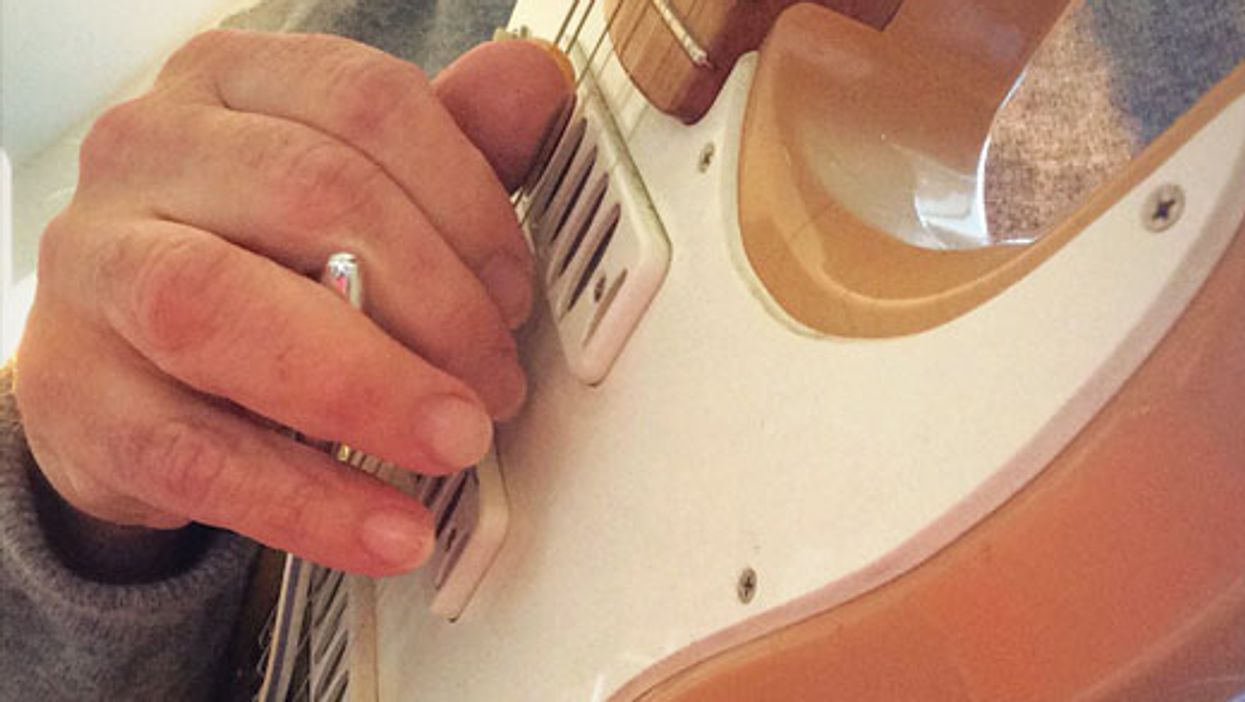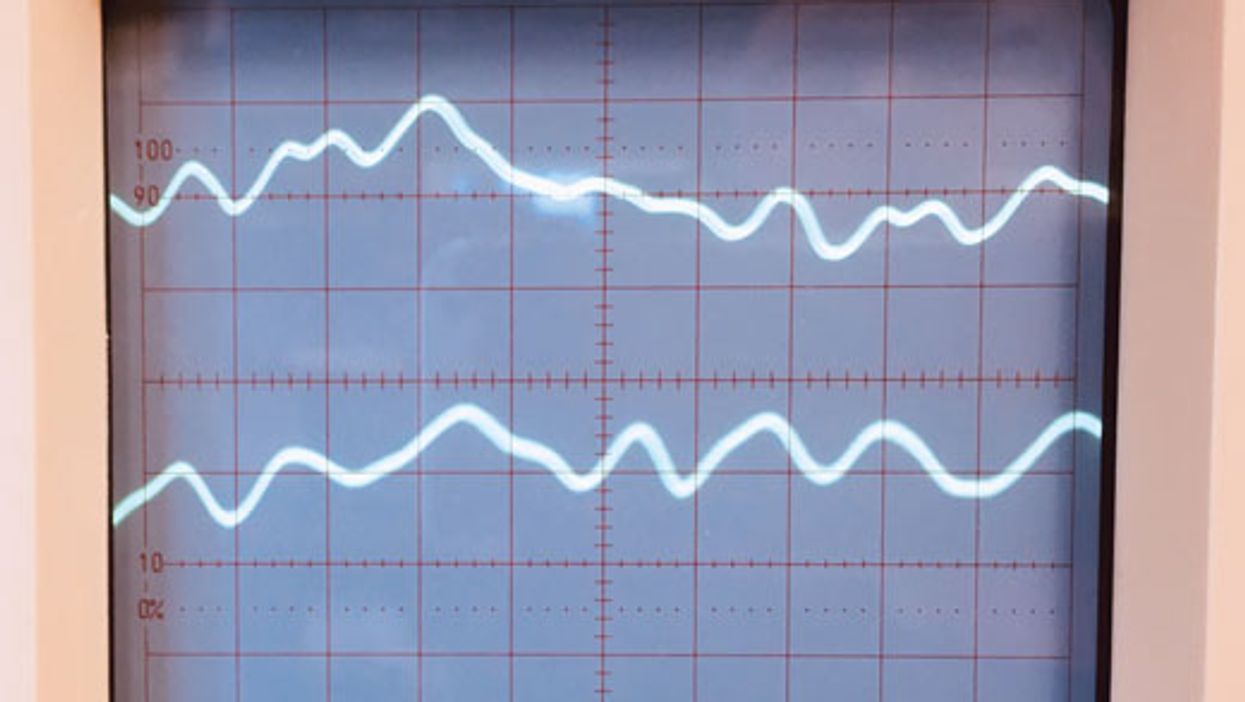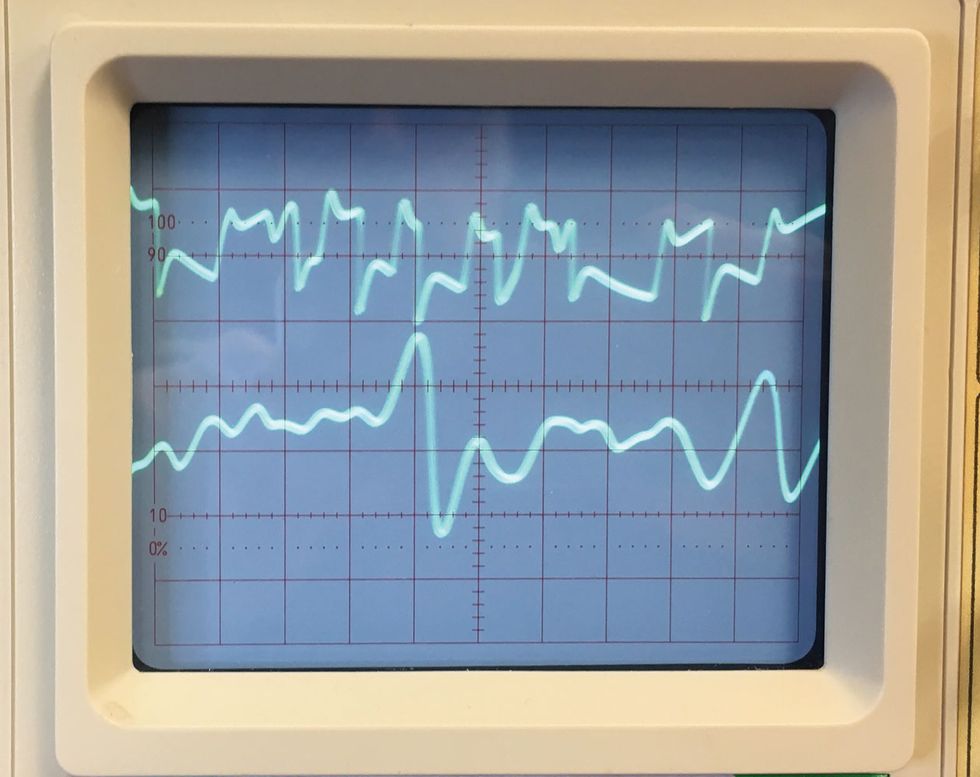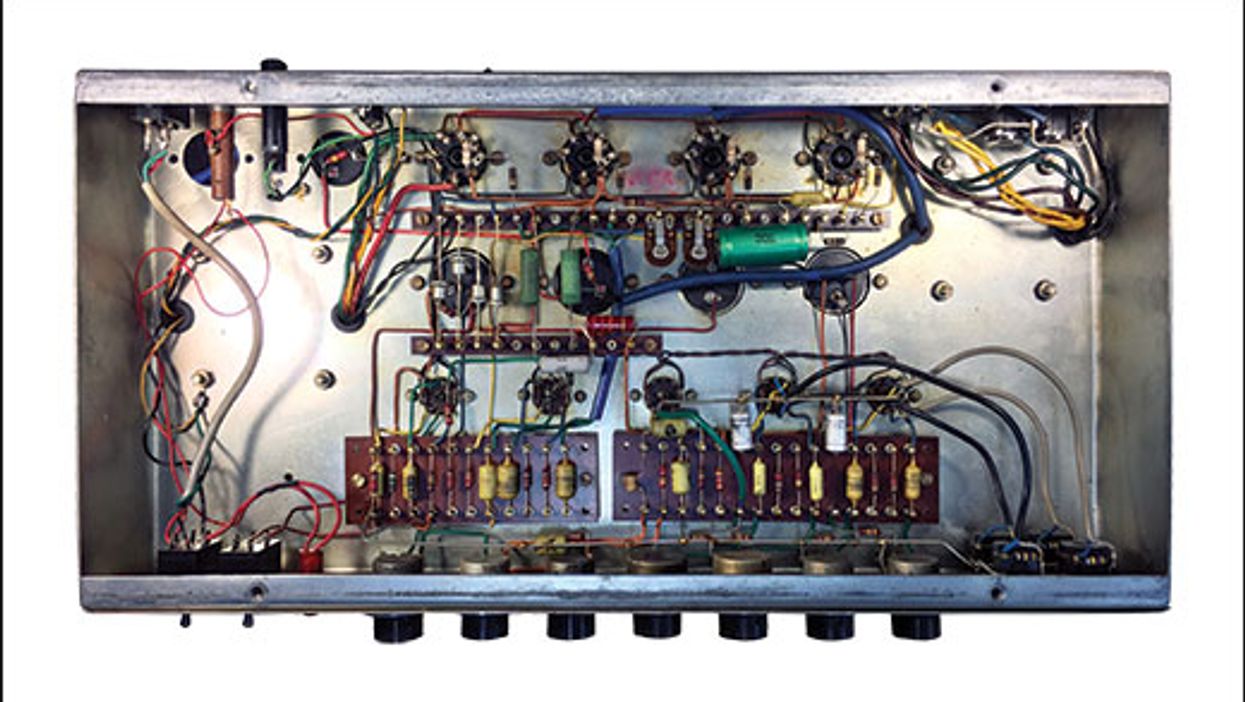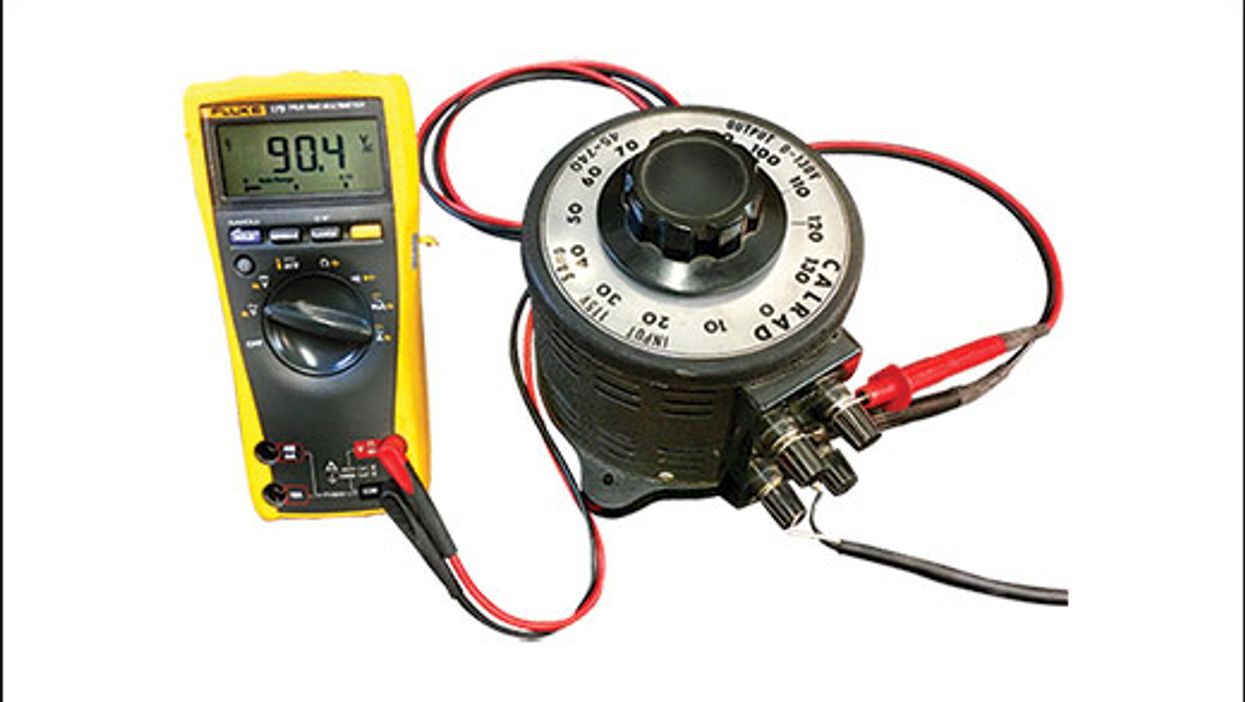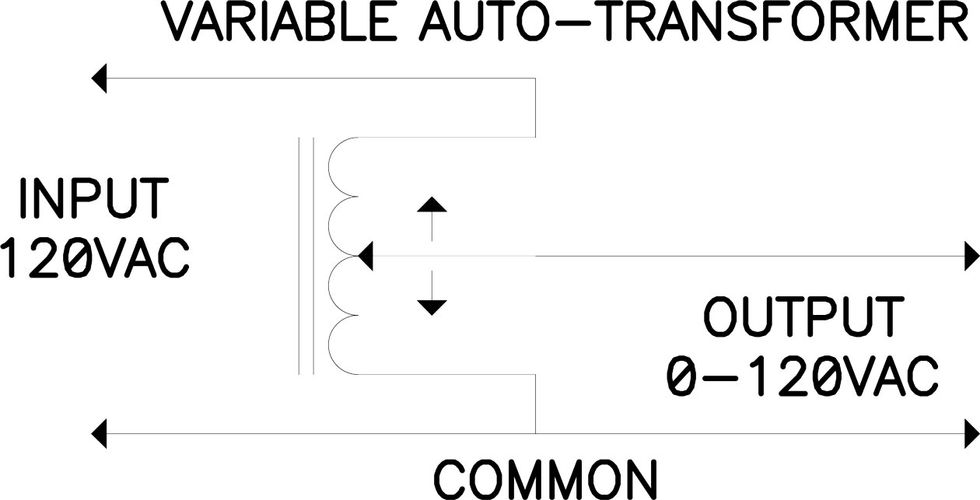Your sound. Every player’s quest for “that sound” is a journey—a lifelong pursuit that can lead to unexpected places. And we can go as deep as time, patience, and diligence will allow. For example, finding the ideal amplifier can be as simple as grabbing whatever you have at hand, plugging in, and playing, or as complex as scouring internet forums, poring over magazine articles, and investing time and cash in hands-on experimentation. Along the way, our path is littered with rabbit holes—some worth exploring, some not. This is how we gain knowledge and experience, and hopefully discover what works best for us.
In my many years on this road, I’ve come to understand the role of the amplifier—in particular, a tube amplifier—as the other half of the instrument that includes your guitar. I reject the concept of the guitar as the instrument and the amplifier as the less important appliance. It’s vital to understand how the guitar interacts with the amplifier and its speaker. I always think of the combination of guitar, amp, and speaker as the instrument.
When we play, the whole instrument reacts. The strings induce the pickups to send a voltage—the signal—to the amp, which sends a larger voltage to the speaker, which converts that voltage to acoustic sound, which impacts us directly via the speaker and indirectly via reflections in our playing environment. Our playing volume is determined by how we set the amp and by how much power we have at our disposal. If it’s a big amp played loud, there’ll be an immediate physical impact when we dig into the guitar and directly experience the amplifier driving the strings under our fingers. If it’s a little amp, we can more freely lay into it, and we enjoy the sound and fury generated by pushing it over the top. There’s a reason why players always say, “It sounded great just before it blew up.”
Yet, it’s how we play, not what we play, that matters most. To underscore the importance of the will of the player in this equation, it’s helpful to remember that both Dick Dale and Jimi Hendrix played Strats, and that live video exists of Hendrix playing through Fender Showmans with 15" JBLs, Dale’s iconic weapon of choice. Yet listening to each master, we’d never confuse one for the other.
Getting the right balance of tone, distortion, volume, and acoustic feedback, especially in a live performance, is as much about luck as it is planning. Of course, there’s tone-tweaking, where one can endlessly obsess about the subtleties of the rig’s component parts, and then there’s performing, where the goal is to leave all those obsessions behind and surrender to the moment. It often happens that the gig is where you’ll encounter every possible obstacle to a satisfying performance. Given that, a fair amount of planning is necessary, but experience tells us that preparation can be overdone. We’ve all had those nights when the music feels off and it seems your instrument just won’t cooperate. You think you sounded terrible, yet after the show people keep coming up to tell you it was the best they’d heard you play.
Being comfortable and conversant with your instrument—and remember, we’re talking about the entire length of the signal chain from fingertips to speaker cone—is one way to make sure your rig isn’t going to trip you up when the going gets rough. A very simple rig consisting of a guitar and small amp may leave you wanting for embellishment, but there’s no denying that a minimalist approach can give you a lot of opportunity to act on inspiration and impulse. A more complex rig demands more of your attention and skill—sometimes to the detriment of your overall performance. You may find that you’ve bitten off more than you can chew onstage, even though it all seemed so familiar and easy to navigate in rehearsal.
As soon as you pluck a guitar string, things start happening to the idea in your head that gave rise to that first note. The amp lights up, the room fills with sound, you hear it, feel it, react to it, and build on it until you’ve fulfilled that moment of inspiration. Exploring the limits of your ability and imagination provides you with a stepping stone to the next moment of inspired noise. Being in touch with your instrument, whether it’s a simple plug-and-play affair or an agonizingly vetted assemblage of odds and ends, is the indispensable part of getting there.


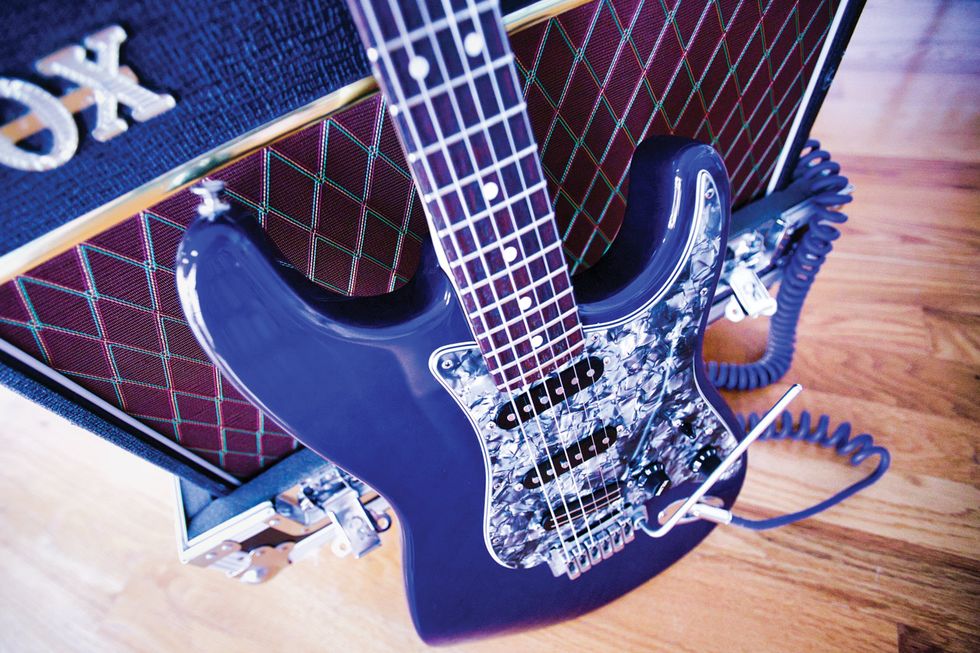


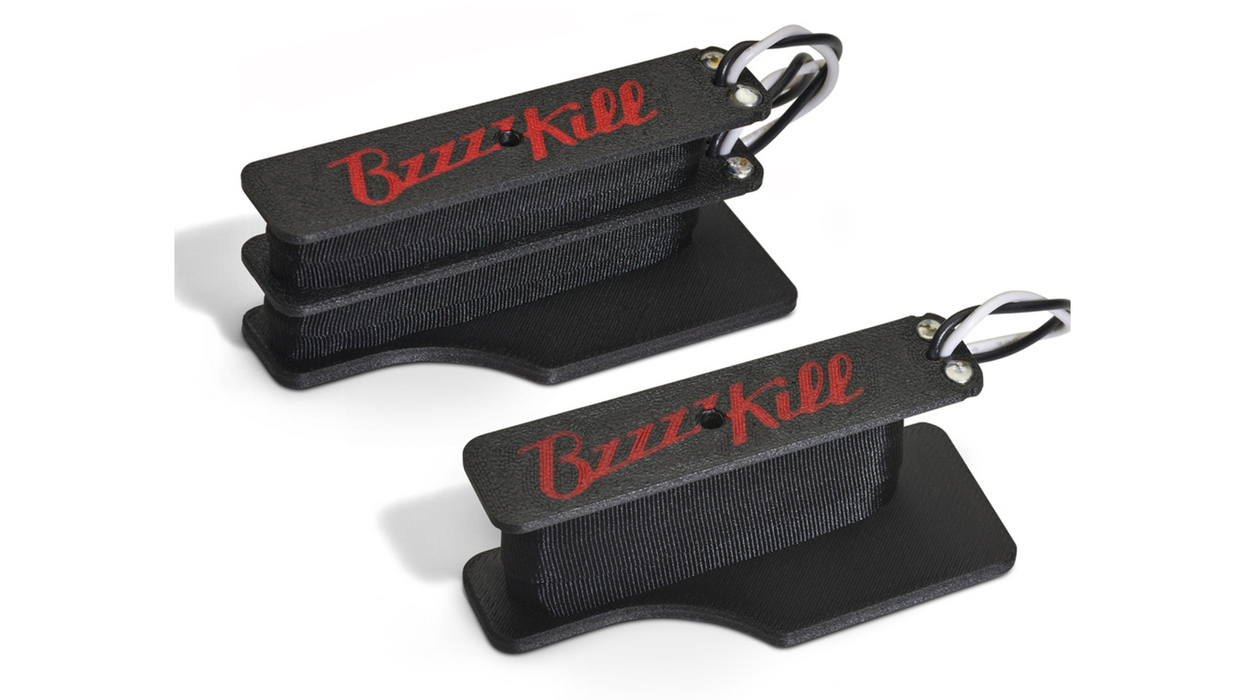
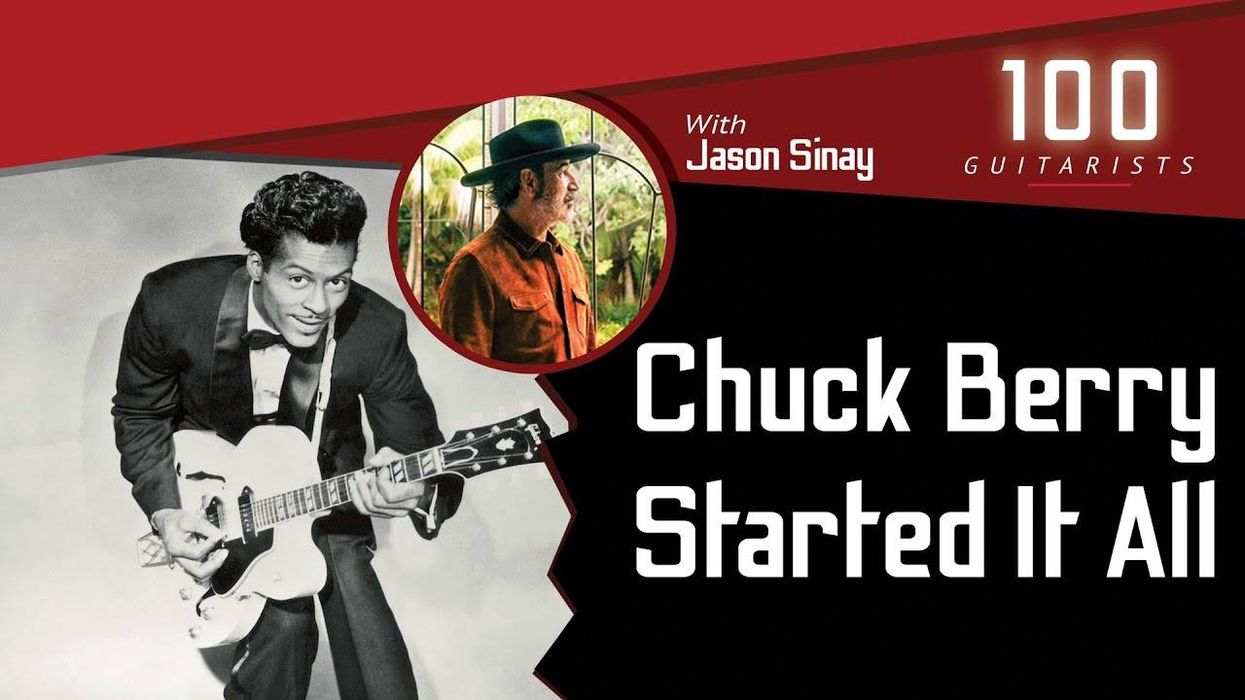
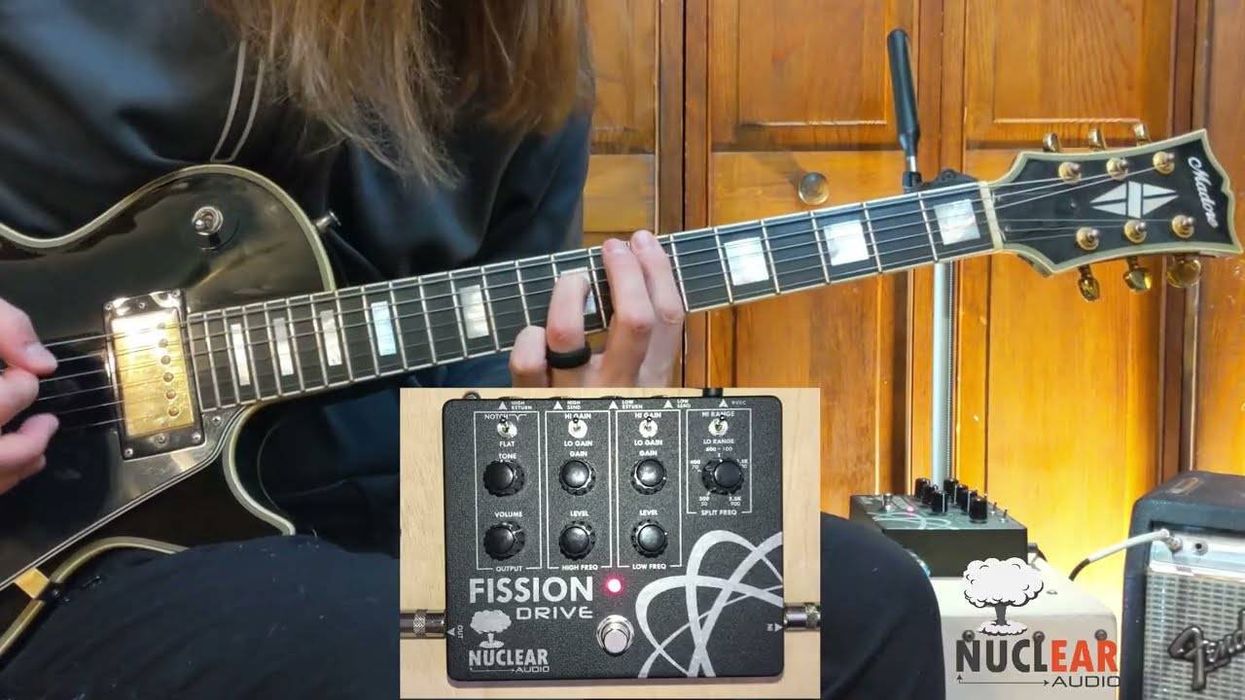
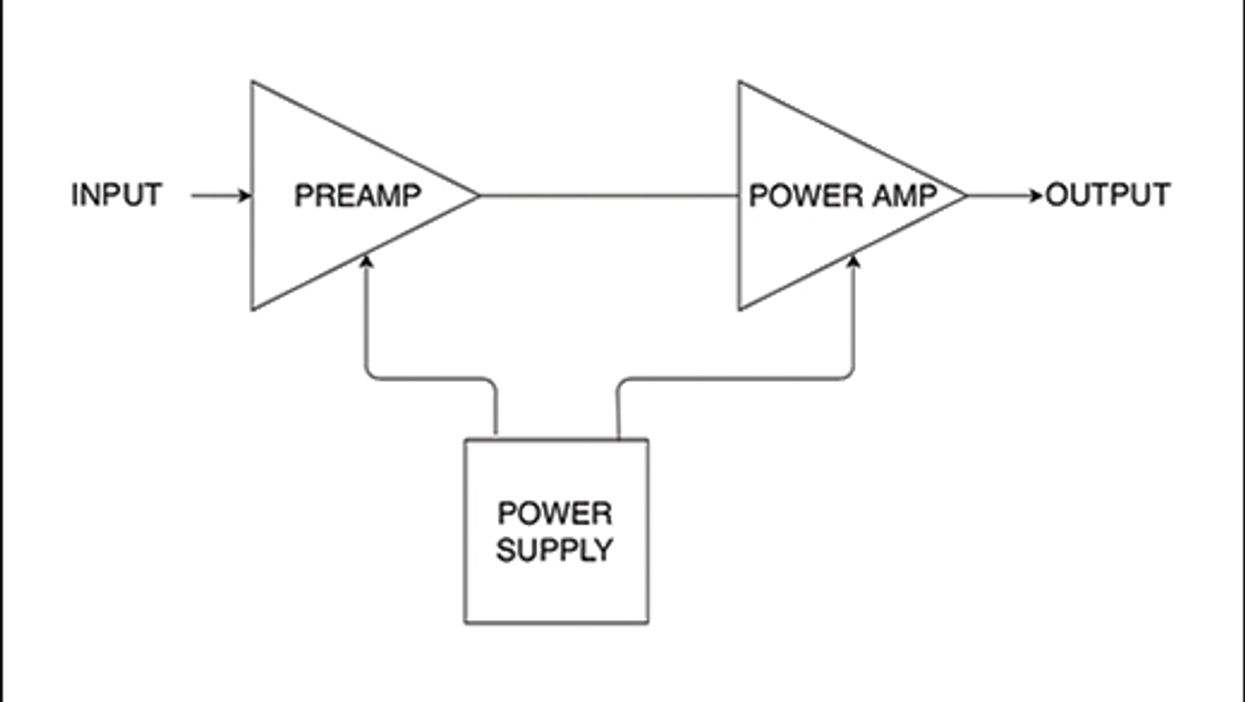
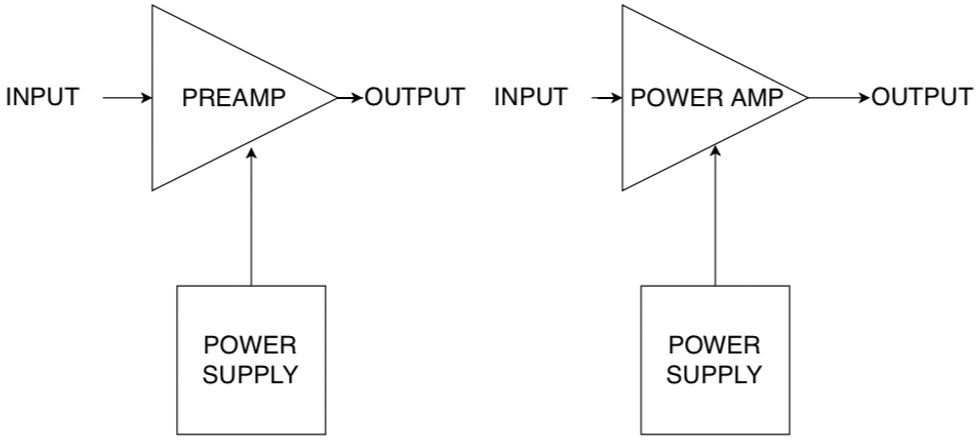



![Rig Rundown: Russian Circles’ Mike Sullivan [2025]](https://www.premierguitar.com/media-library/youtube.jpg?id=62303631&width=1245&height=700&quality=70&coordinates=0%2C0%2C0%2C0)


